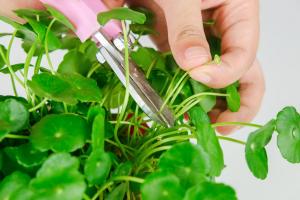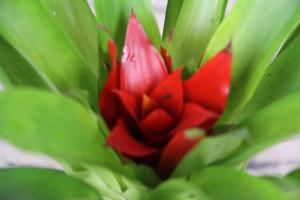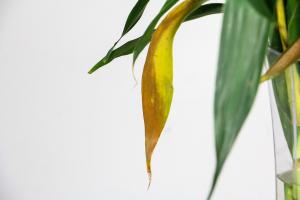How to Plant an Olive Tree in Florida
Olives are a versatile fruit that can be used in a variety of dishes. If you live in Florida and love olives, planting an olive tree in your yard could be a great idea. You'll need to care for your olive tree, but it'll provide you with delicious fruit for years to come.
Climate Requirements
First and foremost, you need to ensure that the climate is suitable for olive tree growth. Florida has a warm climate and is conducive to growing olive trees. Olive trees grow best in USDA hardiness zones 8 to 11, which includes most of Florida. If you live in other parts of the state or bordering areas, the weather might not be favorable for olive tree growth.
Choosing the Right Olive Tree Variety
The second step is to choose the right olive tree variety. Florida is a large state, and the climatic conditions may vary depending on where you live. For example, if you live in the northern regions of Florida, the weather may be a bit colder, so you'll want to choose a hardier olive tree variety that can withstand colder temperatures. Similarly, if you live in southern Florida, a more delicate olive tree variety could work. Research the different olive tree varieties and select the one that's best suited for your location.
Soil Preparation
Before planting the olive tree, prepare the soil properly. Olive trees grow best in well-drained soils with a pH range of 5.5 to 7.5. If your soil is too acidic or too alkaline, you can adjust the pH level by adding the proper amendments. Aim for a soil that's rich in organic matter, as it'll help retain moisture and nutrients. Mix in compost and other organic matter into the soil to improve the soil structure.
Planting the Olive Tree
Now it's time to plant the olive tree. Before you begin, make sure that the planting location is free of rocks, roots, and debris. Dig a hole that's twice the width of the root ball and deep enough to place the roots in. Gently place the tree in the hole, ensuring that the top of the root ball is level with the ground. Fill the hole with soil, pressing it down slightly to remove any air pockets.
Watering and Fertilizing
After planting the olive tree, water it thoroughly to help settle the soil. Water the tree regularly, especially during the dry season, but don't overwater it, as this can cause root rot. Olive trees don't require a lot of fertilizer, so avoid overfertilizing. Applying a balanced fertilizer once a year is enough to keep the olive tree healthy and productive.
Pest and Disease Control
Finally, it's essential to keep an eye out for pests and diseases that can affect the olive tree. Keep the area around the tree clean and remove any debris that can harbor pests or diseases. Inspect the tree regularly for signs of infestation or disease, such as yellowing leaves or wilted branches. If you notice any problems, treat the tree with the appropriate pesticides or fungicides.
In conclusion, planting an olive tree in Florida can be a rewarding experience. With the right care and attention, your olive tree can produce delicious fruit for years to come. Keep in mind the climate requirements, choosing the right variety, soil preparation, watering and fertilizing, and pest and disease control, and your olive tree will thrive in your Florida yard.

 how many times do yo...
how many times do yo... how many planted tre...
how many planted tre... how many pine trees ...
how many pine trees ... how many pecan trees...
how many pecan trees... how many plants comp...
how many plants comp... how many plants can ...
how many plants can ... how many plants and ...
how many plants and ... how many pepper plan...
how many pepper plan...
































